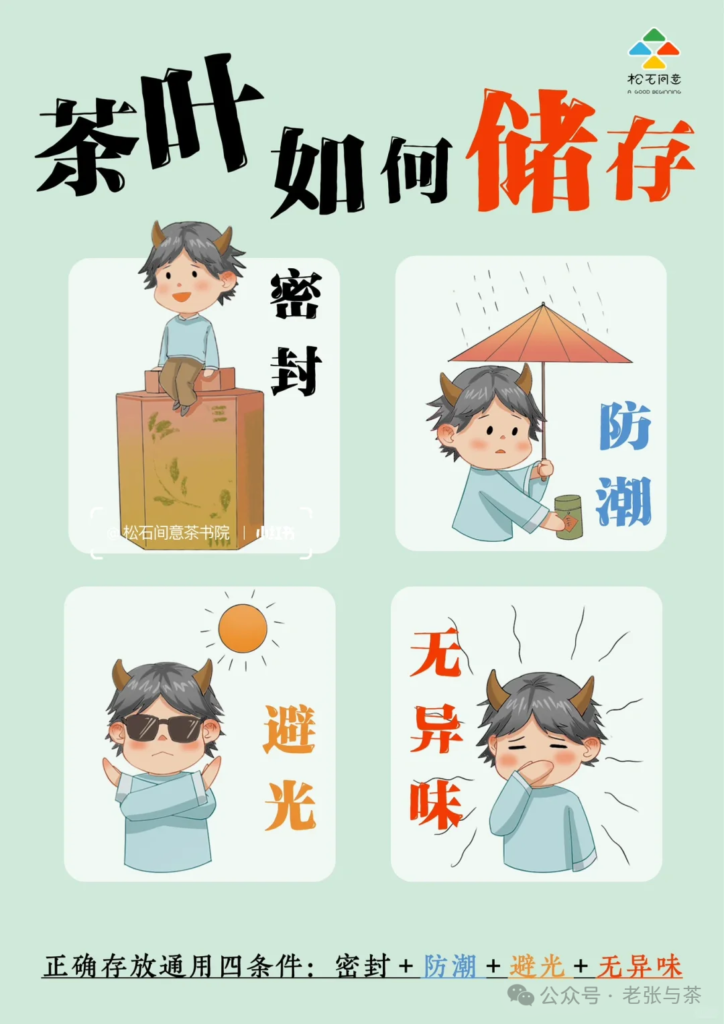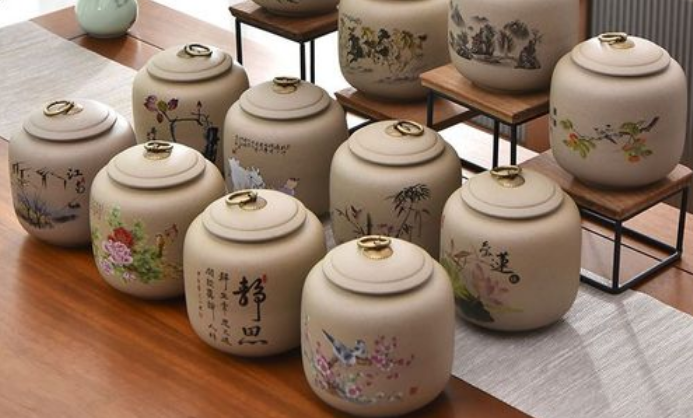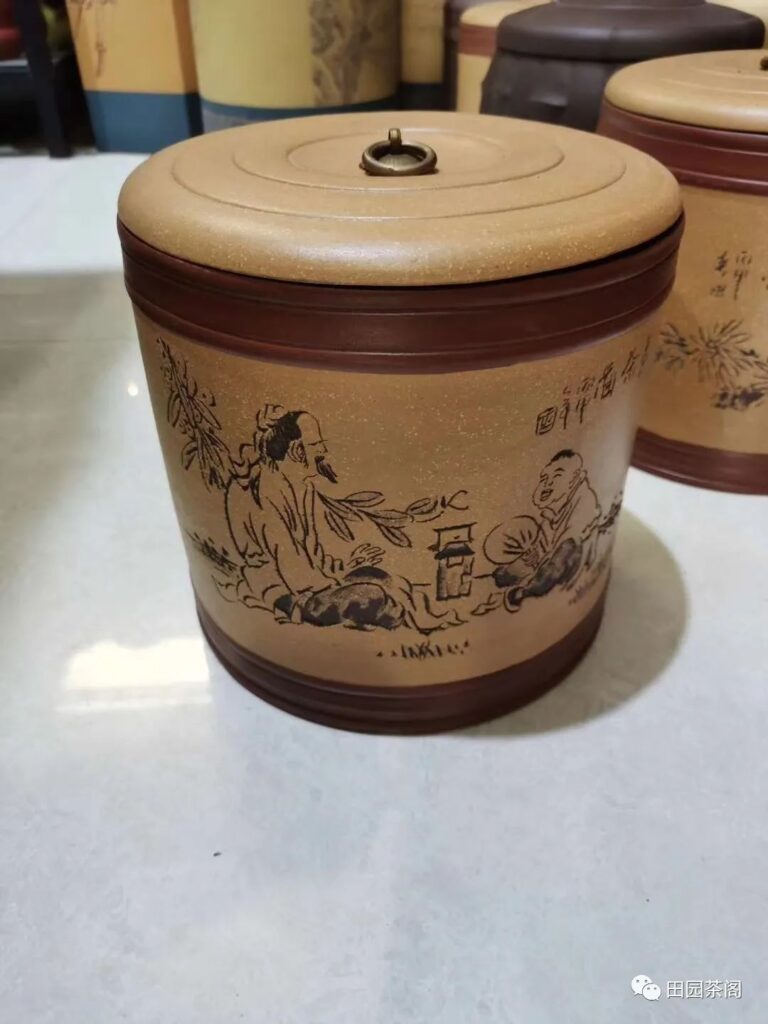To prevent the deterioration of tea quality during storage, it is essential to consider both the tea itself and the surrounding environment. In terms of the tea, the product must have clear grade specifications, good dryness, and a moisture content not exceeding 5% to 7%. If the tea has a higher moisture content, it can be reduced through baking and re-firing methods. Factories can use dryers, while households can use an oil-free iron pan, heating it and then slowly frying the tea without overheating.
After cooling, the tea should be promptly packaged and stored. Avoiding sun-drying and microwaving tea is crucial, as sun-drying can produce an unpleasant odor, and microwaving can cause charring and a smoky flavor. The storage environment for tea should aim for low temperature, low humidity, oxygen-free, light-avoiding, and odorless conditions. Common storage methods include: 1. Sealed packaging at room temperature – Storing tea at room temperature requires sealing it in airtight, odorless, non-toxic, and waterproof aluminum foil or composite film bags, then storing them in a cooler place after sealing. 2. Dry storage – Common methods include using block lime jars and dry charcoal or silica gel storage. The lime jar method is simple: place unweathered block lime at the bottom of the jar, cover with a layer of paper, and stack tea wrapped in paper on top. Alternatively, place block lime in a cloth bag at the center of the jar and surround it with tea wrapped in paper. The lime jar method requires regular checks, and when the lime becomes damp and weathered, it must be replaced to maintain dryness. The charcoal and silica gel methods are similar and also require regular replacement. 3. Low-temperature storage – Factories can use cold storage, with lower temperatures being preferable. However, considering energy conservation and maintaining quality, a storage temperature of around 5 degrees Celsius is generally adopted. At this temperature, as long as the tea is well-dried, it can be preserved for about a year. In households, tea can also be stored in a refrigerator by sealing it in small packages of 0.1 to 0.2 kilograms and placing it in the refrigerator’s cold storage, which also provides about a year of preservation. When taking out the tea, it is important not to immediately open the package; instead, wait until the tea package reaches room temperature before opening and drinking. 4. Vacuum or oxygen-free storage – Oxygen is a factor in the auto-oxidation of substances that leads to the degradation of tea quality. Therefore, removing oxygen is an effective means of maintaining quality. Commonly, vacuum packaging is used, where tea is first placed in airtight, non-breathable composite film bags, then placed on a vacuum packaging machine to remove the air inside the packaging before immediately sealing. Vacuum-packed tea has good oxygen-blocking properties, but the packaging is compact and not visually appealing, so an outer packaging bag or can is required, and oxygen absorbers should be placed inside the packaging bag.The commonly used tea oxygen scavengers are often made by mixing with desiccants, which can not only remove oxygen but also have a moisture absorption effect.
There is also a method of filling nitrogen after vacuum pumping in the oxygen removal storage method. First, pump the vacuum, then fill with nitrogen, and finally seal to keep the tea from oxidizing substances in the inert gas and achieve the purpose of preserving quality.


